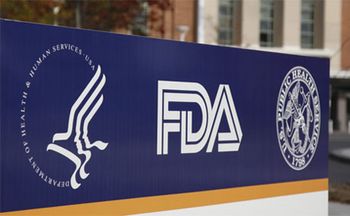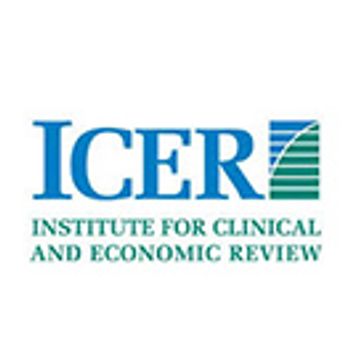
Efforts to address prescription drug pricing have expanded. Rick Kelly reports.

Efforts to address prescription drug pricing have expanded. Rick Kelly reports.

Even advocates of U.S. drug pricing reform recognize that President Trump's revised initiative to reduce the price of prescription drugs is unlikely to save money for consumers or the government.

President Trump has taken on the pharma industry in a surprise move making significant cuts in reimbursement for drugs covered by Medicare.

Tasked with setting up framework for essential medicine program.

COVID-19 has only magnified well known flaws of our healthcare system. An extension of Medicare is the affordable solution, writes Bruno Delagneau, and pharma needs to start planning for this to minimize its impact on US revenues.

A look into the complex battle between pharmaceutical manufacturers and payers for balance between medication access and budget management.

White House initiative to encourage U.S. production of essential medicines calls on FDA to set program parameters for implement main aspects.

Should therapies and vaccines be cheap or free in a pandemic and would that really dry up innovation?

Bill Barr outlines the systematic application of three criteria to guide discounting decisions.

The rapid pace of new pharmaceutical approvals raises questions of whether ICER can keep up and maintain the quality and rigor demanded by healthcare audiences, writes Jeremy Schafer.

ISPOR has published its third issue of the top trends in HEOR. Leela Barham takes a look at how the list has changed over time.

A look at two surveys that reveal payer perspectives regarding current and future management of high-cost durable therapies with one-time administration.

This article discusses how cost differences with other countries reflect income differences, how these differences are typical for cost in medical services, and more.

With employers and the public scrutinizing drug prices like never before, rebates-long at the center of pharma’s market access strategy-may be losing their luster, writes Amber Gilbert.

A look at the communication disconnect between contracting with managed care plans and pharmaceutical benefit managers (PBMs) and the imposition and implications of prior authorization (PA) requirements.

In response to growing Institute for Clinical and Economic Review (ICER) activity, Jenny Lee and Eric Latch take a revised look at payer reliance on ICER assessments and perceptions on value-based pricing.

A formal effort is underway in Europe to gather concrete clues on the value of real-world evidence in payer decision-making.

An Exploration of the Future of Pharmaceutical Value Assessments in the U.S.

Realizing the full potential of enabling technologies such as AI and machine learning in measuring treatment value and outcomes.

Industry working group identifies the value characteristics that may, collectively, become part of a higher-level, shared approach to valuing pharmaceutical treatments.

Rick Kelly and Nisha Desai review the proposals in the Pharmaceutical Drug Pricing Reduction Act (PDPRA) with the greatest potential impact.

The impacts of disruptive curative therapies and advances in the future of health will be profound. To be best positioned for success, healthcare systems under continuous cost pressure must address three key areas, writes Thomas Unger.

Leela Barham talks to Sir David Haslam, the outgoing Chair of UK’s National Institute for Health and Care Excellence (NICE), about the highs and lows of his six-year tenure at the organization.

The decision to eradicate pharma rebates and prompt direct discounts for federal beneficiaries could, if passed, upend the market-what are the critical questions for new products?

While there are challenges at every turn, the promise of outcomes-based contracting is a level of care for patients that might otherwise not be possible, while striking the right balance of benefits and risks for all parties involved, writes Melonie Warfel.